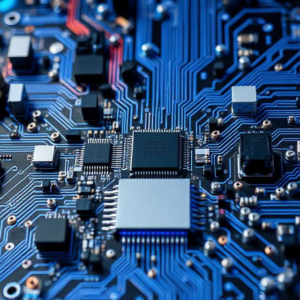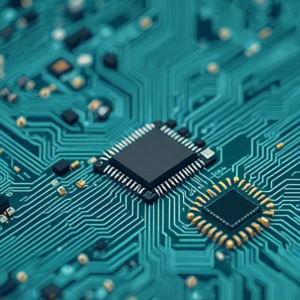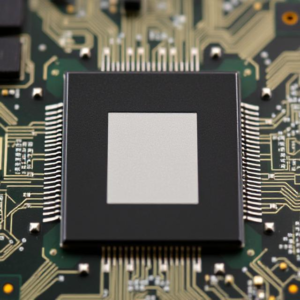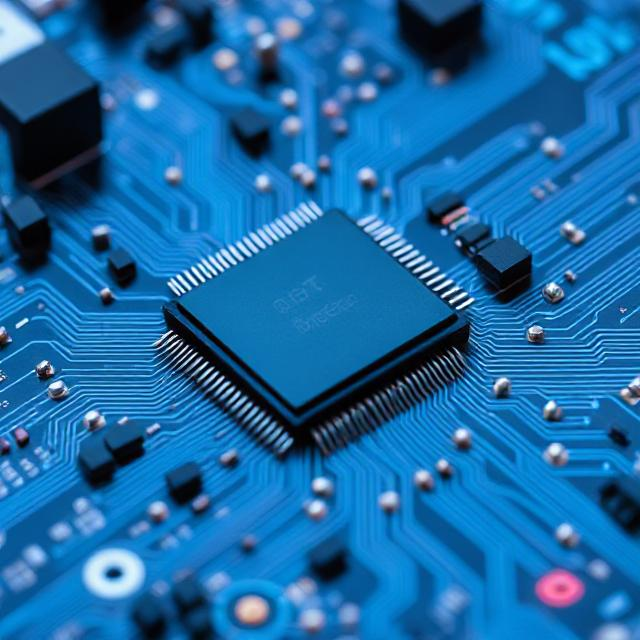Embedded systems are a critical part of modern technology, found in everything from household appliances to medical devices to automobiles. These systems are designed to perform specific tasks efficiently, reliably, and with minimal power consumption. While their design can be complex, embedded systems enable many of the everyday technologies we depend on to work seamlessly.

The design of an embedded system involves several key steps:
Requirement Analysis: Define the specific tasks the system needs to perform. This includes understanding the inputs, outputs, and the desired response time.
Hardware Design: Choose the right processor (like a microcontroller), memory, and peripherals based on the requirements.
Software Design: Write the embedded software (usually in languages like C or C++) that will run on the system to handle tasks like controlling sensors or processing data.
Integration: Combine the hardware and software components. Ensure that they work together correctly to meet the system’s requirements.
Testing and Debugging: Test the system under various conditions to ensure it works as expected. Debug any issues that arise.
Deployment: Once the system is fully functional, it is deployed in the device it was designed for (e.g., in a car, medical device, or home appliance).
Advantages of Embedded Systems
- Efficiency: They are highly optimized for their specific tasks, ensuring high performance and low power consumption.
- Cost-effective: Since they are designed for specific tasks, embedded systems can be cheaper to produce than general-purpose computers.
- Small Size: Embedded systems are compact and can be integrated into devices without taking up much space.
- Reliability: Because they are dedicated to a single task, embedded systems are highly reliable and stable.
- Low Power Consumption: They are designed to use minimal power, which is important in portable and battery-powered devices.
Challenges of Embedded Systems
- Resource Constraints: Embedded systems often have limited memory, processing power, and storage, which can make development more challenging.
- Real-time Requirements: Many embedded systems need to respond to inputs in real-time, which requires careful design and optimization.
- Software Debugging: Debugging embedded systems can be difficult because they may not have the same debugging tools available as general-purpose computers.











